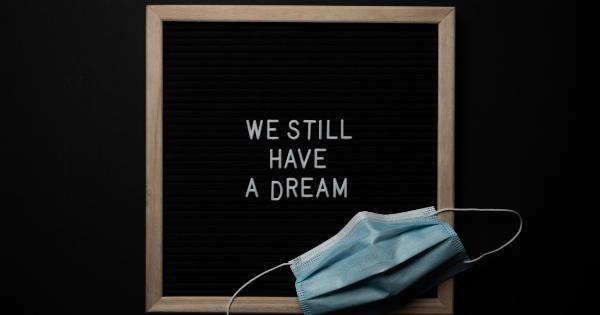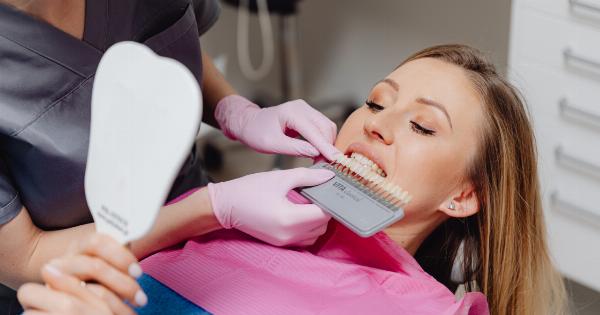Acne is a common skin condition that can affect different parts of your body, including the face, back, chest, and even the genital area. Pimple outbreaks on the penis can be uncomfortable, painful, and embarrassing.
In this article, we will explore the possible causes of pimples on the penis and the available treatment options.
Causes of Pimple Outbreaks on the Penis
1. Folliculitis.
Folliculitis is a skin condition caused by the inflammation of hair follicles. It can cause red bumps or pimples that can be painful or itchy. Folliculitis can affect any part of the body that has hair, including the pubic area and the penis.
This condition is usually caused by a bacterial or fungal infection, and it can be treated with antibiotics or antifungal medications.
2. Fordyce spots.
Fordyce spots are small, harmless bumps that can appear on the penis, scrotum, or lips. They are caused by the overgrowth of sebaceous glands, which produce oil to moisturize the skin.
Fordyce spots are not a sexually transmitted infection, and they do not require treatment unless they are causing discomfort or aesthetic concerns.
3. Pearly penile papules.
Pearly penile papules are small, white or pink bumps that can appear on the ridge of the glans penis. They are a harmless skin condition that affects a significant percentage of the male population.
Pearly penile papules are not contagious, and they do not require treatment unless they are causing psychological distress or embarrassment.
4. Genital herpes.
Genital herpes is a sexually transmitted infection caused by the herpes simplex virus. It can cause painful blisters or sores on the penis, scrotum, or anus.
Genital herpes is highly contagious, and it cannot be cured, but the symptoms can be managed with antiviral medications.
5. Molluscum contagiosum.
Molluscum contagiosum is a viral infection that can cause small, painless bumps on the skin. It is a highly contagious condition that can spread through sexual contact or skin-to-skin contact.
Molluscum contagiosum can affect any part of the body, including the pubic area and the penis. This condition can be treated with topical medications or cryotherapy.
6. Contact dermatitis.
Contact dermatitis is a skin reaction caused by exposure to irritants or allergens. It can cause redness, itching, and bumps on the skin. Contact dermatitis can affect any part of the body, including the penis.
This condition can be treated with topical corticosteroids or antihistamines.
7. Sebaceous cyst.
A sebaceous cyst is a noncancerous growth that can occur on the skin. It is caused by the overgrowth of the sebaceous gland, which produces oil to keep the skin moisturized. Sebaceous cysts can appear anywhere on the body, including the penis.
This condition can be treated with surgical removal or incision and drainage.
8. Acne vulgaris.
Acne vulgaris is a common skin condition that can affect different parts of the body, including the face, back, chest, and even the genital area.
It is caused by the overproduction of oil by the sebaceous glands and the accumulation of dead skin cells and bacteria in the pores. Acne can cause red, inflamed bumps or pimples that can be painful or itchy. This condition can be treated with topical or oral medications, depending on the severity and type of acne.
Treatment Options for Pimple Outbreaks on the Penis
The treatment options for pimples on the penis depend on the underlying cause of the condition. Here are some of the possible treatments:.
1. Topical medications.
Topical medications, such as antibiotics or antifungal creams, can be applied directly to the affected area to kill the bacteria or fungi causing the infection.
Topical corticosteroids can also be used to reduce inflammation and itching caused by contact dermatitis.
2. Oral medications.
Oral medications, such as antibiotics or antivirals, can be prescribed to treat bacterial or viral infections, such as folliculitis or genital herpes. Oral isotretinoin can also be used to treat severe cases of acne vulgaris.
3. Cryotherapy.
Cryotherapy, or freezing, can be used to remove molluscum contagiosum bumps. This treatment involves applying liquid nitrogen to the bumps to freeze them and cause them to fall off.
4. Incision and drainage.
Incision and drainage can be used to remove sebaceous cysts that are causing discomfort or aesthetic concerns. This treatment involves making a small incision in the cyst and draining the contents.
5. Electrosurgery.
Electrosurgery can be used to remove stubborn lesions, such as genital warts or molluscum contagiosum bumps. This treatment involves using an electrical current to destroy the tissue.
Prevention of Pimple Outbreaks on the Penis
Preventing pimples on the penis involves maintaining good genital hygiene and practicing safe sex. Here are some tips:.
1. Wash your genital area daily with mild soap and warm water.
2. Dry your genital area thoroughly after washing, as moisture can promote bacterial growth.
3. Use condoms during sexual intercourse to reduce the risk of sexually transmitted infections.
4. Avoid using harsh soaps or detergents that can irritate the skin.
Conclusion
Pimple outbreaks on the penis can be uncomfortable, painful, and embarrassing. However, most cases can be treated effectively with topical or oral medications.
It is important to maintain good genital hygiene and practice safe sex to reduce the risk of developing pimples or other genital skin conditions.




























